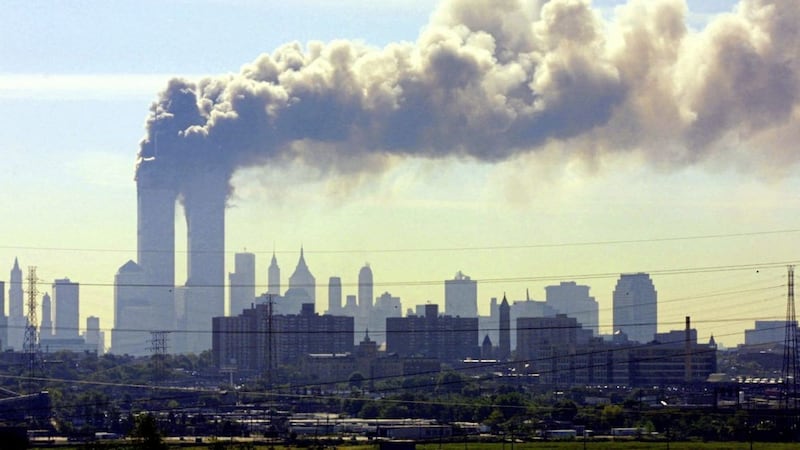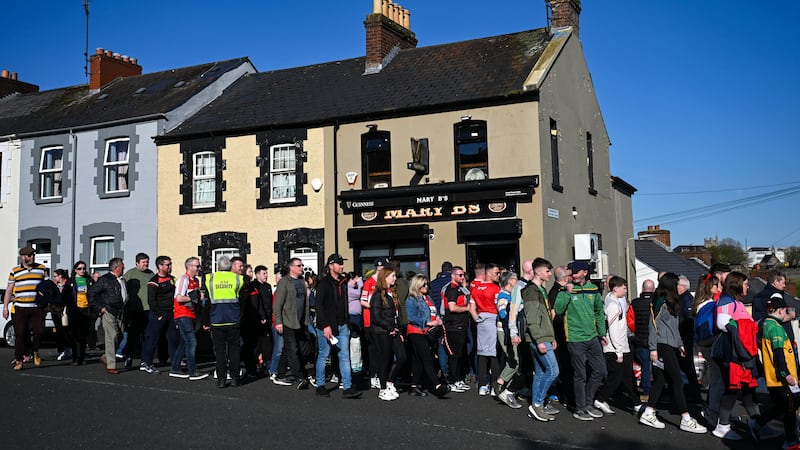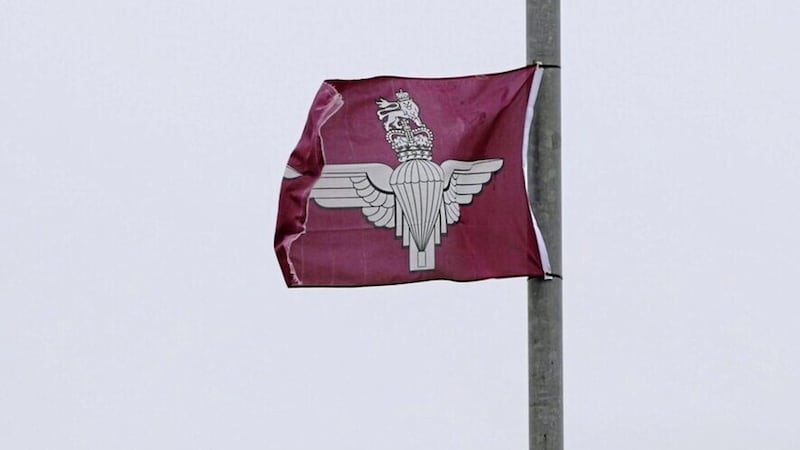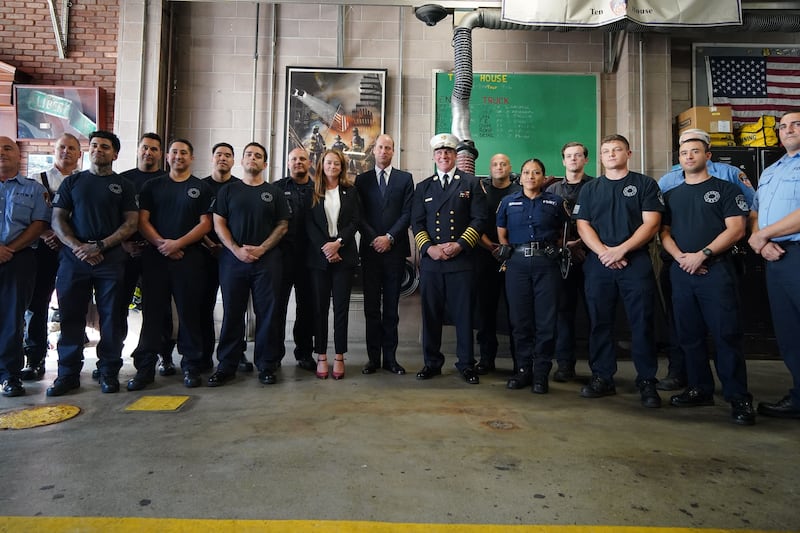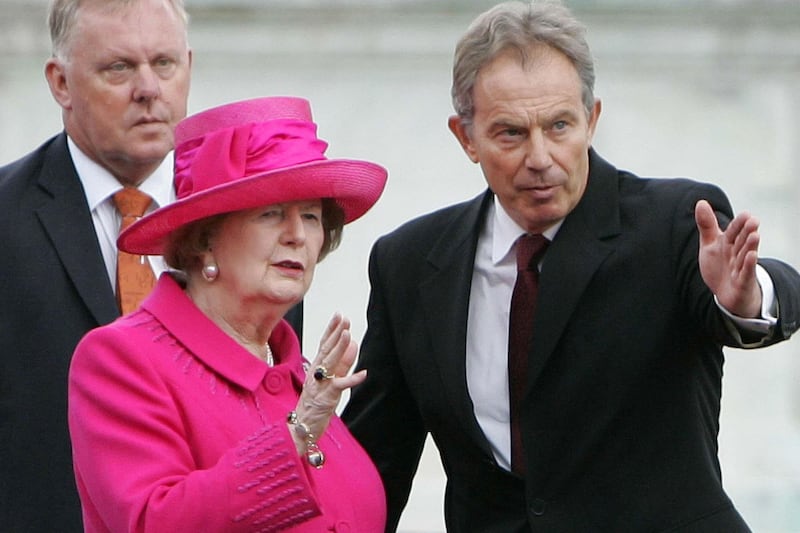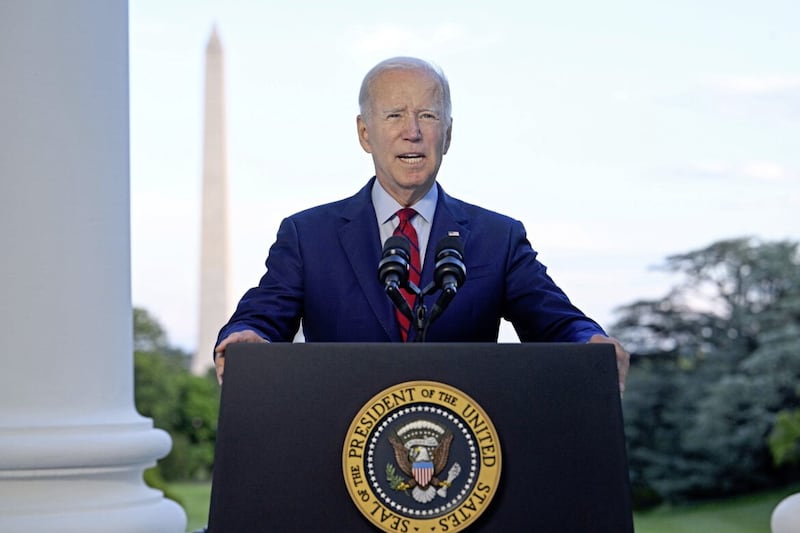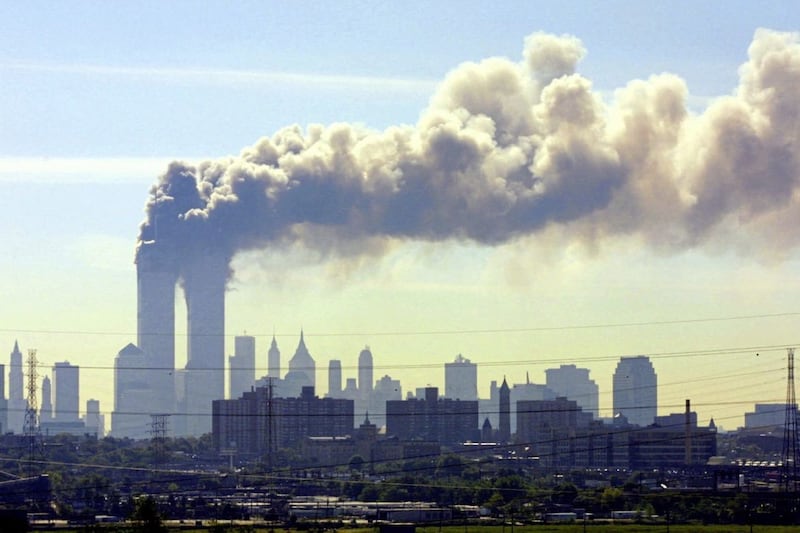HIS upper lip was quivering like a leaf in the wind. “God help them, God help them, God help them,” he said, in heavily-accented English.
The location was Gaza City, the date September 11 2001 and Yasser Arafat was giving journalists, including myself, his reaction to the terrorist attacks in the US earlier that day.
The President of the Palestinian Authority, to give him his full title, was standing outside his office with Ireland’s Minister for Foreign Affairs at that time (later taoiseach), Brian Cowen. They were originally meant to hold a general discussion on the prospects for peace in the region but the meeting lasted only ten minutes and was confined to the 9/11 attacks.
Earlier in what looked like a predictable working day, I was travelling in a car to Gaza and phoned a colleague in Jerusalem about organising a dinner in the Israeli capital that night. During the conversation I was told that a plane had crashed into a skyscraper in downtown Manhattan. The initial assumption was that a tragic accident had occurred. My travelling companion Mark Little, who was with RTÉ at the time, called his girlfriend in Dublin: a few minutes later, his voice rose in an expression of shock. He had just been told a second plane had hit the Twin Towers (neither of us had internet access in those days.)
Minister Cowen’s car, which was just ahead of us, halted on the side of the road. It seemed for a while that the planned meeting with Arafat might not go ahead. Some Palestinian refugees in Lebanon were reportedly celebrating the terrorist attacks. Grave implications loomed, but a report by BBC Middle East Correspondent James Reynolds made clear the onslaught was being attributed to non-Palestinian assailants.
We heard later that Cowen and his team had contacted Dublin for advice and were urged to go ahead with the meeting but confine it to condemnation of the outrages. When they met, both men pledged their full solidarity with the US in dealing with what Arafat described as a “big, big, big crime”.
Ireland was shortly due to chair the United Nations Security Council and, later in September, I travelled to New York to report on developments in that regard. Naturally as a journalist, I visited the downtown area where the atrocities took place. I’m still haunted by the strange odour in the air, which I reluctantly concluded was a mixture of ruined construction materials and incinerated bodies – the remains of over 1,100 9/11 victims have still not been identified.
Another striking feature was the prevalence of makeshift posters with heartrending appeals from New Yorkers for help to find missing loved ones. And almost everywhere I went, the American flag was on display: patriotism was undergoing a revival.
Within days I discovered that one of the passengers on the first plane which flew from Boston into the Twin Towers was a former schoolmate who had been a year ahead of me at CBS Synge Street in Dublin. Patrick Currivan, who had a high-powered job in computers and stockbroking, was on his way to a conference in Los Angeles when tragedy struck.
In my younger days I had spent a year in New York, including many visits to the Greenwich Village district. There was a good deal of talk about a performer called Bruce Springsteen who did a very successful ten-night stand at a club in the area called the Bottom Line. I didn’t go to see him then, but caught up a decade later when he played at Slane Castle in Ireland.
Last weekend, I watched him online as he took part in the New York ceremony in memory of the 9/11 victims. He gave a powerfully emotional performance of his own composition called ‘I’ll See You In My Dreams’, about a dear friend you have lost but who remains a vivid presence in your memory.
Back in 2001, I was distracted temporarily from the grim events of 9/11 when John Hume’s retirement as SDLP leader was announced on September 17. There were many tributes at the time and favourable mention also of his extremely supportive wife, Pat, including John’s humorous line: “I am a parcel that she delivers”. The legendary Pat has recently joined her late husband in the hereafter, but their work on the peace process remains as a monument to them both. As Bruce Springsteen might say, we’ll still see them in our dreams.
Email: Ddebre1@aol.com; Twitter: @DdeBreadun
